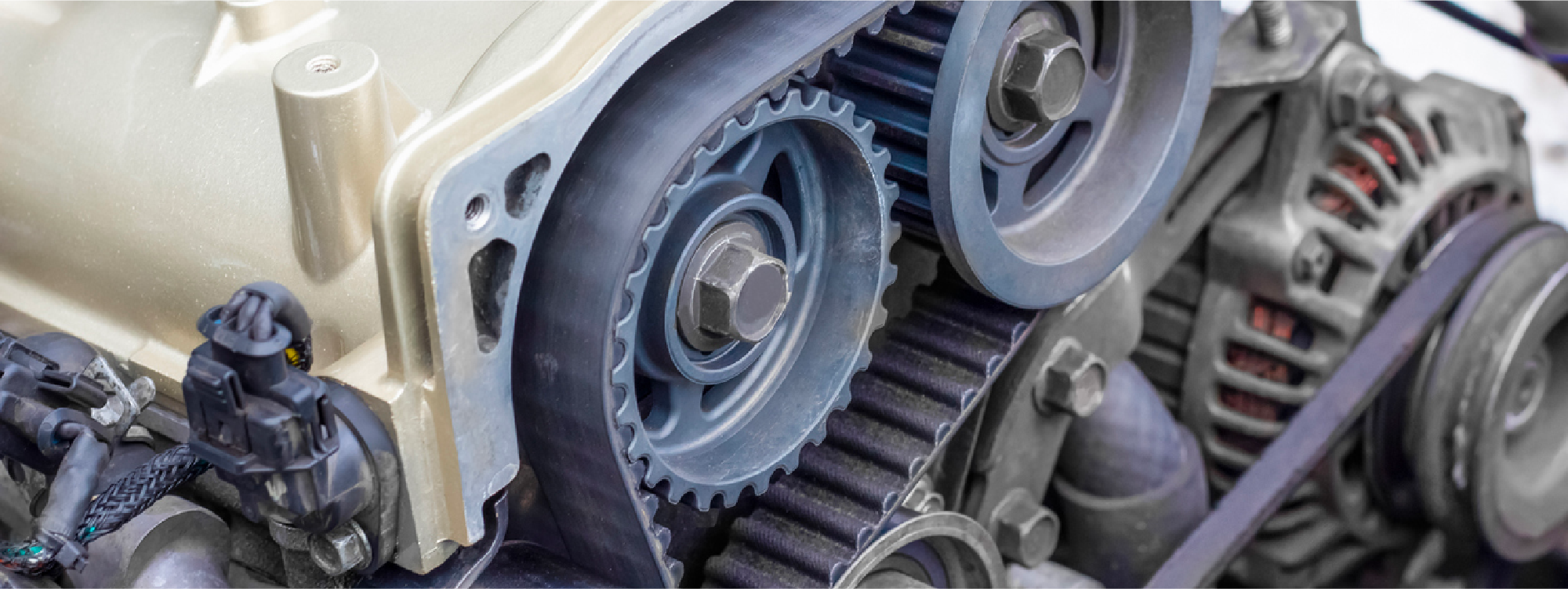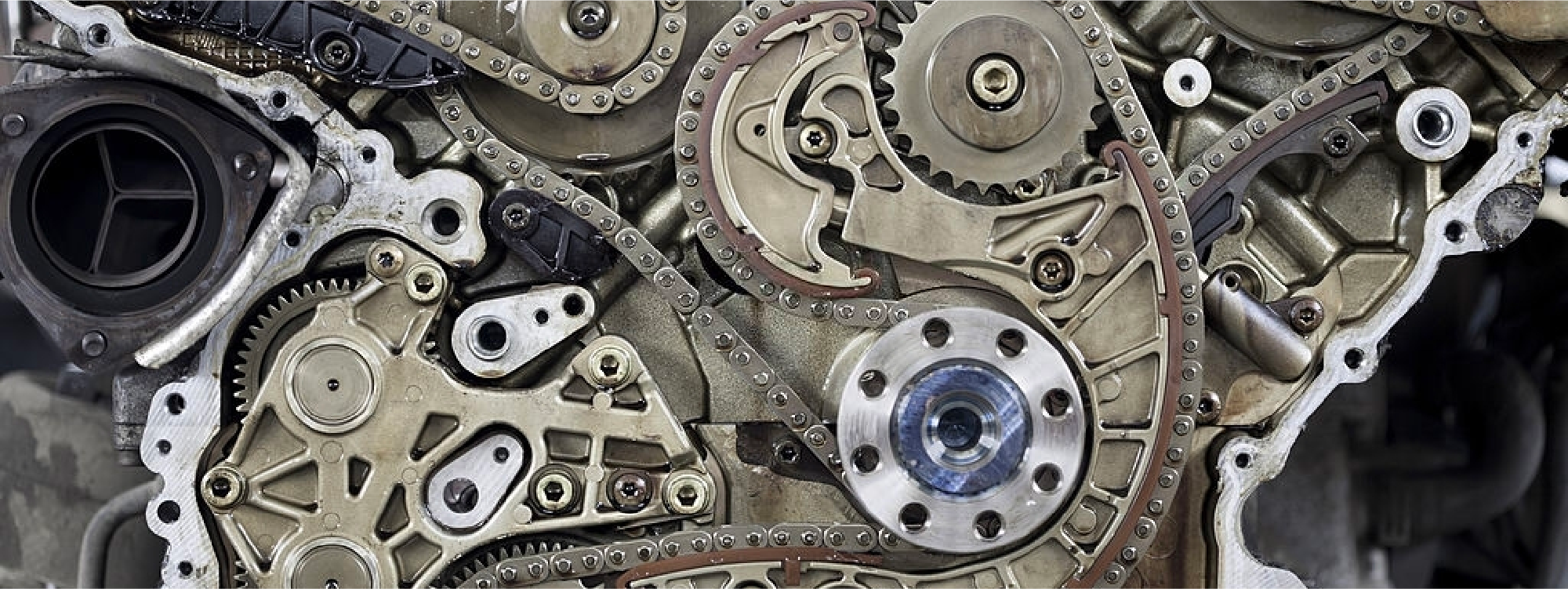Timing Belts & Chains: Avoiding complete engine failure
Jul 15th 2022
Replacing your vehicle's timing belt or chain is an essential part of maintenance. Any failure relating to these components can leave you with an expensive repair bill - and preventive maintenance is all about some cheap assurance to save some money in the long run. To understand why it is worth replacing, here is a little more about it:

What is a timing belt?
Your timing belt keeps all of your engine's internal parts moving in sync. The timing belt, on some applications, can also power other accessories like the water or oil pump.
The timing belt is a rubber belt with hard teeth; they lock into the cogs on the cams and crankshaft and synchronize their movement. This ensures the intake and exhaust valves open and close at the correct times, and in synchronization with the pistons movement. Without everything in sync, your vehicle will not run correctly.
If the valves do not open at the proper time your engine can receive too much air or fuel, and begin to run poorly and feel down on power. If these internal components become too out of sync they can collide with each other and cause damages ending with a pricey repair bill.

What is a timing chain?
Depending on your vehicle's manufacturer, or when your vehicle was made, it may have a timing chain rather than a timing belt. Regardless as to what it is made out of, the function of it is the same and it also needs to be changed. Timing chains have a longer lifespan, but you should always check your maintenance schedule to be sure.
When do I replace the timing belt?
So now that you know how important the timing belt or chain is to your engine's well being, you need to know when to replace it. It is important to perform this service on time before any stretching or wear occurs to the belt, causing your engine to lose time. While the recommended mileage is usually between 60-100k you can always check with your manufacturer, or us, to see when your vehicle is due!

As mentioned above, not replacing these components at the recommended time could result in serious engine damage: broken or bent valves, cylinder head or camshaft damage, and piston and cylinder wall damage. This service is not one to miss!
While there is no light that lets you know when you need this service until it is too late, there are some signs that are common indicators of a failing timing belt:
- Vibrating or shaking
- Prominent ticking noises coming from your engine
- Decreased engine power
- Squealing or rubbing noises
- A check engine light
While a bad belt has some more noticeable signs of wear, timing chains are a bit more shy at showing problems. Audi's 4.2L V8 commonly found in the B6/B7 S4 and Volkswagen's VR6 motors all suffer from timing chain guide issues. The new VAG 2.0T TSI timing chain vehicles suffer from collapsed timing chain tensioners, and the older 2.0T FSI motors suffer from problematic hydraulic timing chain tensioners as well. It is best with these to just follow the scheduled maintenance plans, as an unexpected failure could result in massive problems.
If you are experiencing some of the above your vehicle may be in need of some serious repairs, and while some jobs make for great weekend projects this one is best left to the professionals. Before replacing the timing belt, a technician should confirm that is what is causing the issue, as there are some other parts that can share common symptoms at the end of their lifespan.
During your service, it is a great time to get your vehicle's accessories replaced as well, such as the water pump which shares a similar lifespan and is usually driven off your vehicle's timing belt - which makes it easily accessible when you are in for service!

